Coronations and Jubilees
Wellington College has seen five coronations since its foundation. The first four were marked by exeats from Wellington, rather than special events held at College. It must be remembered that in those days there was no weekend leave and few half terms, so time away from College in term-time was a rare treat.
King Edward VII’s coronation was scheduled for 26 June 1902, and Wellington students were looking forward to a three-day exeat to celebrate it. However, the ceremony was postponed at only two days’ notice because the King was ill and needed an emergency operation. The news was not believed when it was first announced at College; it was then followed by bitter disappointment as the exeat was cancelled, and panic in the catering department as they hurriedly organised meals for the next few days. The coronation eventually went ahead in August, meaning that it was in the school holidays, so was not marked at College.
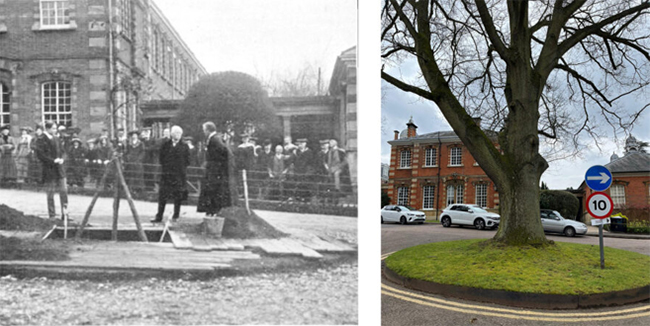
A two-day exeat was granted for the coronation of King George V on 22 June 1911, and a special train was laid on to take most students to London. A small contingent from the Corps formed part of the troops which lined the processional route. The sixteen students who remained at College had a programme of treats arranged for them, including tennis, cricket, and a picnic on the Thames. By order of the King, an extra week was also added to the summer holidays.
The coronation was also commemorated in November 1911 by the planting of an oak tree at College. The whole school assembled and the Corps provided a guard of honour for Lord Redesdale, the Governor who carried out the ceremony. The tree is still standing today: now a large and mature specimen, it can be seen on the mini roundabout outside the Driver Rooms.
George VI’s coronation took place on 12 May 1937, and again a two-day exeat was granted, with only a few students remaining at College.
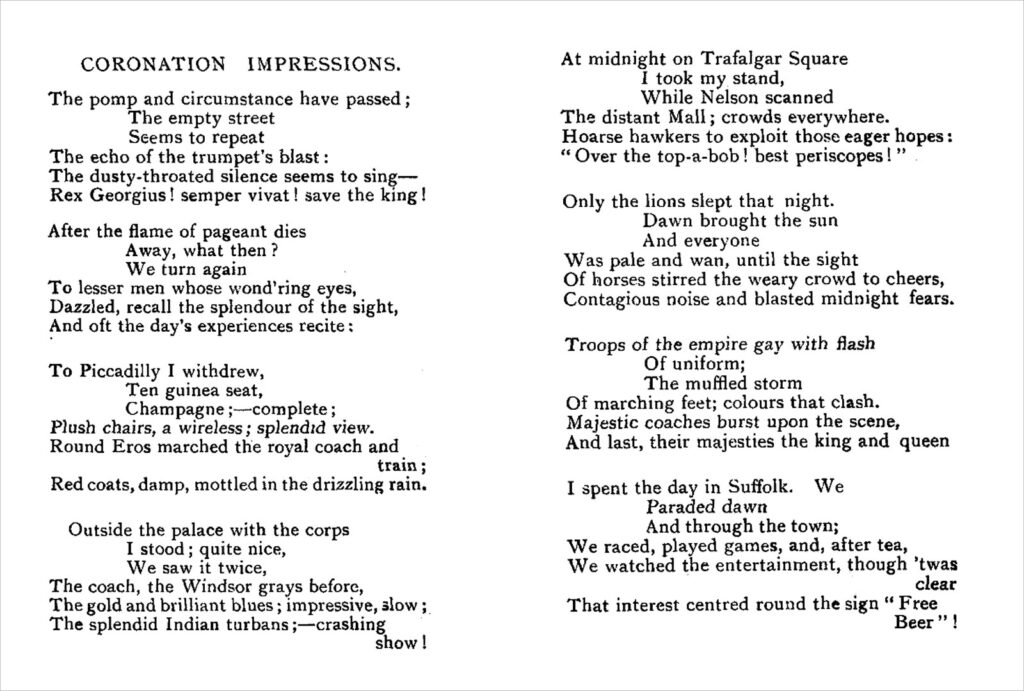
The coronation of Queen Elizabeth II in 1952 was a moment of national celebration: she was young, popular and beautiful, and the country finally felt it was emerging from nearly 15 years of wartime and subsequent rationing. On Speech Day, the Duke of Wellington stated that never before in his lifetime had he known ‘such a spirit of hope throughout the country.’
Wellington students were again granted an exeat, and most left College, many going to witness the proceedings in London. A small party from the CCF was granted a position as privileged spectators immediately outside Buckingham Palace. One of them wrote many years later:
‘We were based on the Victoria Memorial just outside the Palace, where we had fantastic views of everything. We had to be there by dawn and were not allowed to leave until it was all over. We had haversack meals, but there were no “loos,” so the lions on the Memorial provided cover and got their feet very wet.’
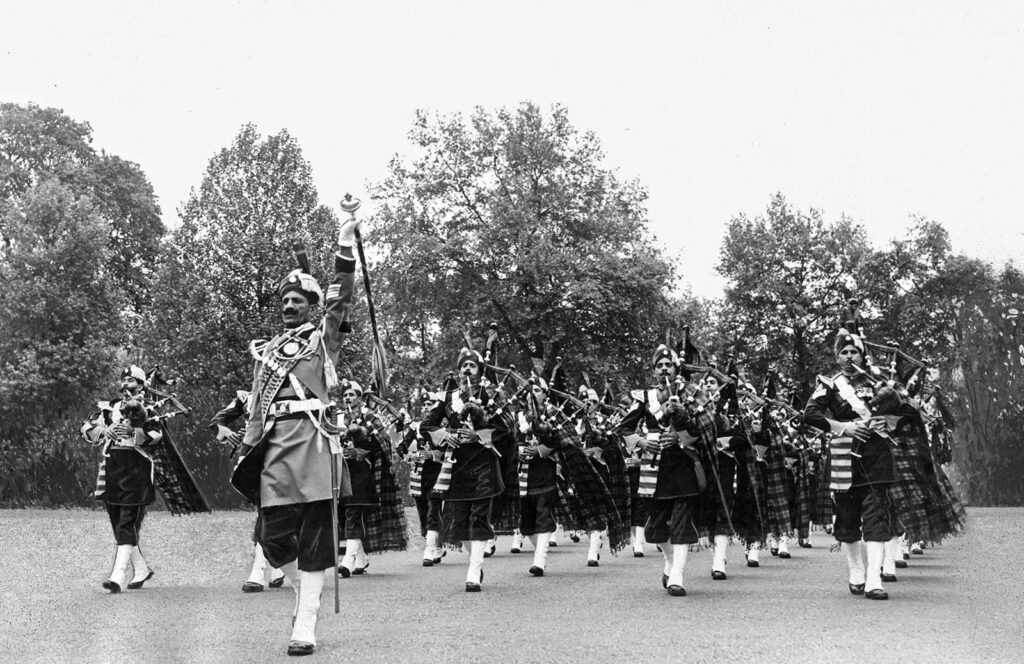
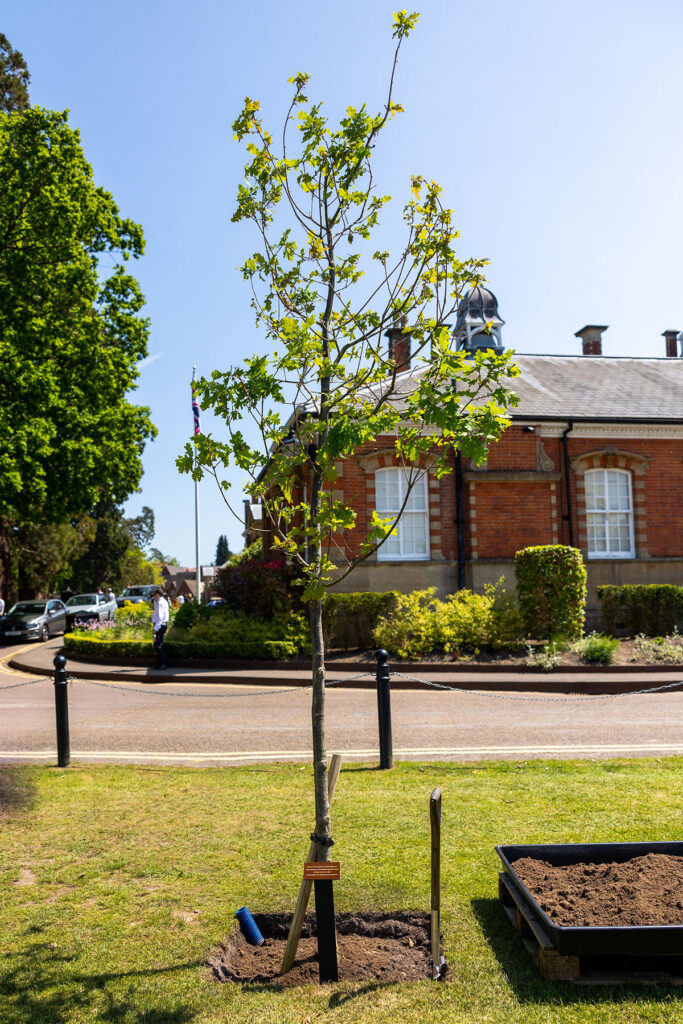
The Speech Day Concert was given a coronation flavour by the inclusion of the two anthems, Handel’s Zadok the Priest and Parry’s I Was Glad. The band of the Punjab Regiment came over from Pakistan for the ceremony and, thanks to the efforts of OW Claude Auchinleck, came to perform on South Front the day before the coronation itself. They gave an incredible display of precision drumming and after lunch, the bandsmen were shown around College by students. One spectator remembered the event nearly seventy years later: ‘The very tall and magnificently dressed men marched up and down in front of the school – a totally unforgettable sight and sound. A very good day.’
The coronation of King Charles III in 2023 was the first for which no exeat was granted. As we now have early May Bank Holiday and a week at half term, further time away from school during examination season was not thought desirable. Instead, students were invited to watch the televised ceremony in their Houses, after which the day was celebrated with a barbeque, garden games and ice cream vans. An old tradition was revived, however, when former Chair of Governors Sir David Scholey planted a commemorative oak tree on Speech Day. The tree stands outside the Driver Rooms (former Art School), only fifty metres from its 1911 counterpart.
Like coronations, royal jubilees were also celebrated with extra holidays at Wellington. For Queen Victoria’s Golden Jubilee in 1887, this took the form of an extra week added to the summer break. On Jubilee Day itself, the College entertained a party of seventy working men from the Wellington Mission Club in Walworth, London to lunch, tea, and a variety of activities including cricket, swimming and fishing.
At the Diamond Jubilee in 1897, the school sent a beautiful handwritten congratulatory address to Her Majesty, ‘packed in a handsome red morocco case with the College arms on the outside.’ This time, as well as the extra week in summer, students were given two days’ leave at the time of the main celebrations. The majority left to see the festivities in London, but the ninety who remained in College enjoyed a very relaxed programme of entertainments including a river trip from Reading. They returned to find the cricket pavilion decorated with a banner reading ‘Victoria, 60 not out,’ and that evening climbed Finchampstead Ridges to witness the multitude of celebratory beacons which were being lit across the country.
King George V’s Silver Jubilee in 1935 was again marked by beacons, but the celebrations fell during the Easter holidays. Nevertheless, two teachers who ran the College’s Scout Troop ingeniously created a huge fire-bucket on an eleven-foot pole on the top of Reservoir Hill, and duly set fire to it that evening.
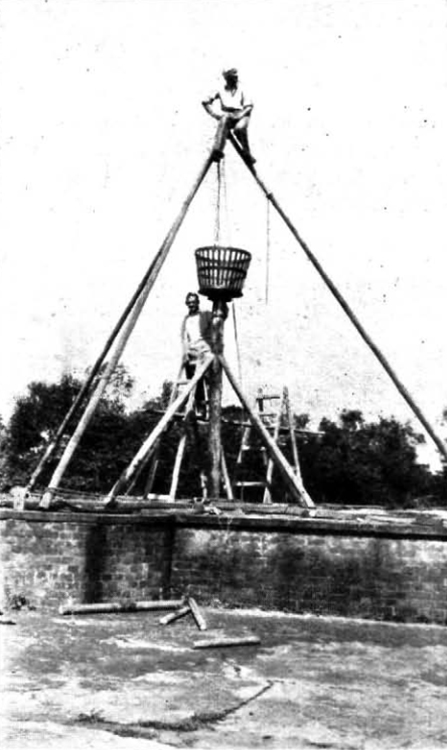
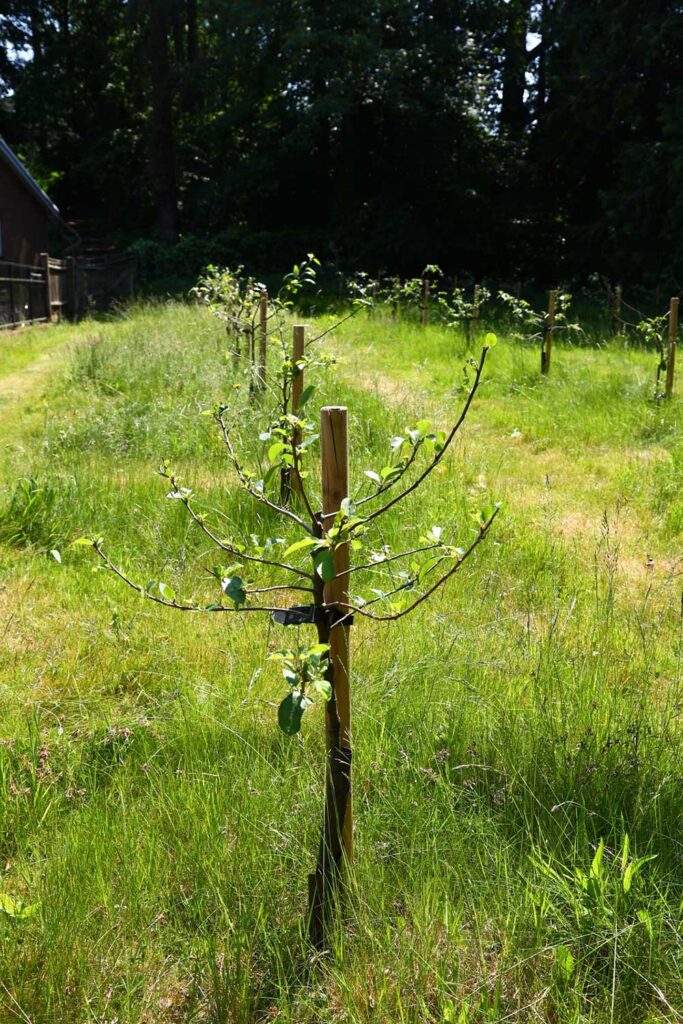
The College marked Elizabeth II’s Silver Jubilee in 1977 by hosting an athletics tournament. Sixteen prep schools and the four local primary schools were invited to take part with the College Under 14s, making 200 competitors in total. On this occasion, and also for the Queen’s Golden Jubilee, the Governors sent Her Majesty a message of congratulations from the College.
2022 was the first year in which the UK has seen a Platinum Jubilee. A special exhibition on Speech Day highlighted the College’s royal connections throughout its history, its centrepiece being original letters from many members of the royal family to our 3rd Master, Bertram Pollock. The College also joined the national ‘Queen’s Green Canopy’ project by planting an orchard of forty apple trees in the area behind the Stanley.